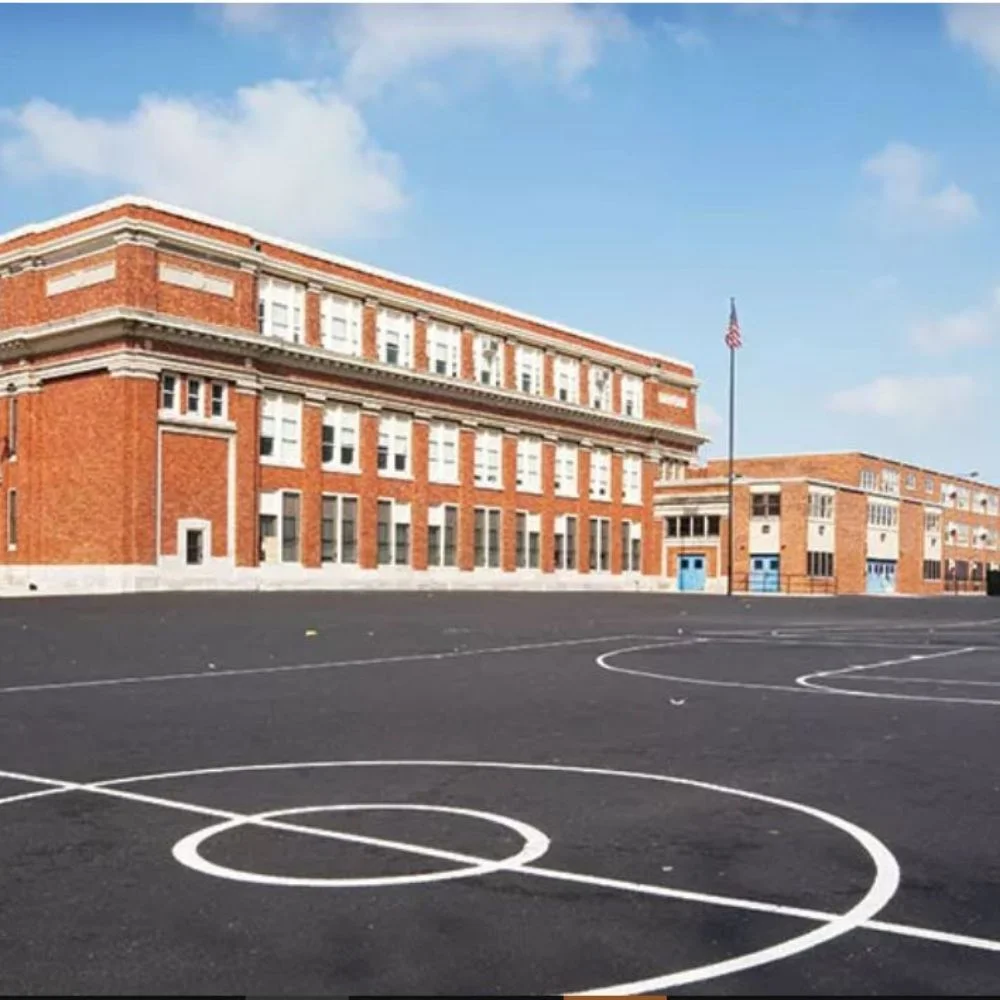Table of Contents
Education plays a key role in building a better future. Yet, across many parts of the world, especially in growing communities, there’s a simple but major problem. There aren’t enough school places for every child. This challenge becomes even more pressing as populations grow and urban areas expand. Fortunately, government funding plays a huge role in addressing this issue.
Why School Places Matter?
Every child deserves a seat in a classroom. But in areas where there are more children than available spots in schools, this becomes a challenge. When children are turned away due to overcrowding or lack of infrastructure, it impacts their entire future, from their ability to learn basic skills to their chance of pursuing a career later on.
Having enough school places means:
- Smaller class sizes help teachers give more attention to each student.
- Better learning environments with proper facilities.
- Lower dropout rates and higher chances of academic success.
In short, school places are about more than just desks and chairs, they’re about equal opportunity
What Is Government Education Funding?
Government education funding refers to the money that national, regional, or local governments set aside to support schools. This funding helps with:
- Building new schools.
- Expanding existing school buildings.
- Hiring more teachers and staff.
- Buying learning materials like books, computers, and desks.
- Improving infrastructure, such as toilets, playgrounds, and labs.
This funding doesn’t come from one single source it’s often a mix of tax revenue, public investment and sometimes international aid, especially in developing countries. Education should open its doors to every child, no matter their circumstances.
How Government Funds Are Used to Expand School Capacity?

1. Building New Schools
When a community grows, so does the number of students. One of the most direct ways governments increase school places is by constructing new schools in areas where demand is high. This is common in suburban neighborhoods, rural areas, and newly developed cities.
Example: To tackle overcrowding, the UK’s Department for Education supports the setup of free schools where school spaces are limited. These schools are built based on local needs and often reduce pressure on surrounding institutions.
2. Expanding Existing School Buildings
Sometimes, building an entirely new school isn’t possible due to land or budget limitations. In these cases, schools are expanded with extra classrooms, portable units, or new wings to accommodate more students.
Tip for communities: Parents and school boards can work together to apply for government grants when school crowding becomes an issue.
3. Hiring More Teachers
Adding school places isn’t just about space; it’s also about people. More students mean a greater need for qualified teachers. Governments often use funds to recruit, train, and retain teachers, especially in high-demand subjects like math, science, and languages.
Why this matters: If more students are enrolled but there aren’t enough teachers, the quality of education suffers. Proper funding ensures both quantity and quality.
4. Improving School Infrastructure

To support more students, schools must have the right infrastructure. This includes:
- More toilets and wash areas
- Larger cafeterias
- Better ventilation and lighting
- More school buses or safer walking routes
Government funds are often used to upgrade these facilities, making sure schools are safe, comfortable, and accessible to all students.
5. Digital Learning and Hybrid Classrooms
In many countries, digital learning tools are helping schools expand capacity without needing physical space. With proper funding, schools can offer online lessons, blended learning models or digital classrooms that ease overcrowding.
Example: During the COVID-19 pandemic, many governments invested heavily in laptops, tablets, and internet access to keep students learning from home. These tools now play a permanent role in helping schools manage large student populations.
How Governments Decide Where to Send Funds?
Governments don’t just randomly pick areas to fund; they use data. Factors include:
- Population growth trends
- Student-teacher ratios
- Current school capacity
- Waiting lists and enrollment pressure
- Community income levels and infrastructure
Education departments often work with local authorities to map out where new schools are needed most urgently.
Challenges in Government Funding
While government funding plays a crucial role, it’s not without its challenges.
- Bureaucracy: Slow approval processes can delay projects.
- Budget limitations: Competing priorities like healthcare and transportation may reduce education budgets.
- Corruption or mismanagement: In some cases, funds are not used efficiently or as intended.
- Lack of local input: Sometimes, governments fail to consult communities about their specific needs.
Benefits of Expanding School Places
Creating more school places isn’t just good for students, it’s good for society. When more children are educated, communities become stronger, safer, and more prosperous.
Benefits include:
- Lower unemployment in the long run
- A more skilled workforce
- Reduced inequality
- Better health outcomes
- Stronger economies
Investing in school places is one of the smartest things any government can do.
Conclusion
Government funding for school places is about more than bricks and books it’s about ensuring that every child has a fair shot at success. While challenges exist, the progress being made across the globe is encouraging. From building new schools to investing in technology, funding continues to shape a better, more equal education system. As parents, educators and community members, staying involved and informed can help push these efforts forward. After all, education is a shared responsibility and every child deserves a seat in the classroom.








